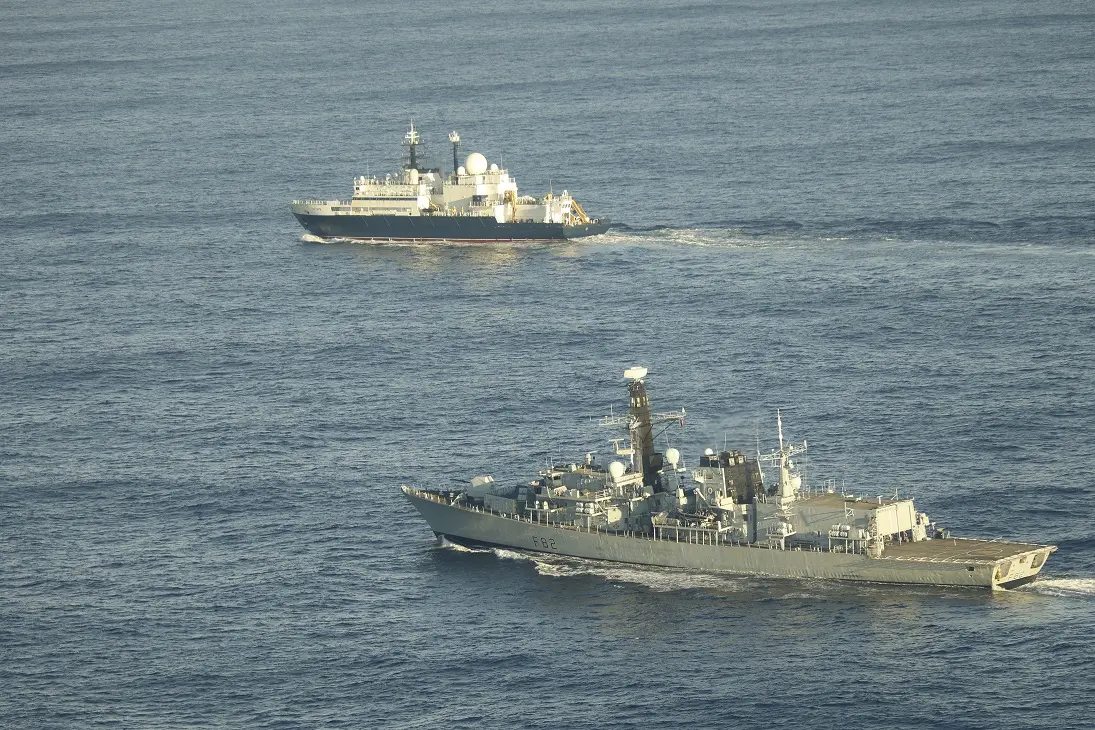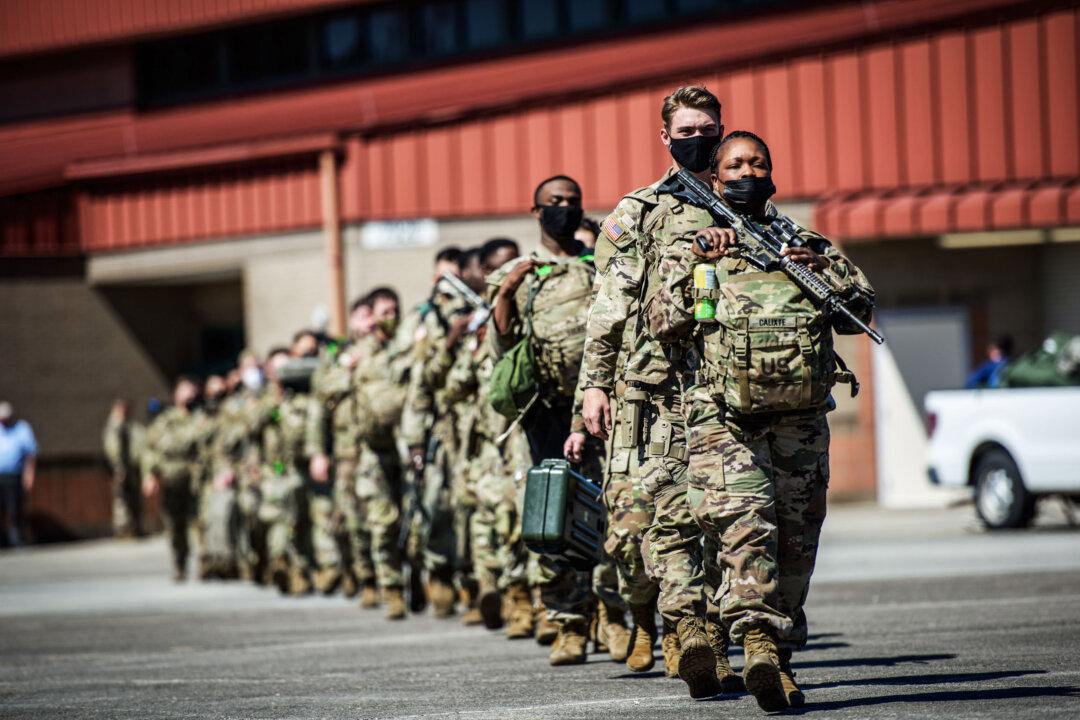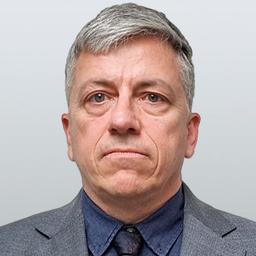Mark Rutte, secretary general of NATO, said on Jan. 23 that U.S. President Donald Trump is right to request that members of the alliance spend at least 5 percent of their gross domestic product (GDP) on defense.
“If Ukraine loses, then to restore the deterrence of the rest of NATO again, it will be a much, much higher price than what we are contemplating at this moment in terms of ramping up our spending and ramping up our industrial production,” Rutte said at a side event at the World Economic Forum in Davos, Switzerland, on Jan. 23.
“It will not be billions extra, it will be trillions extra.”
“I’m also going to ask all NATO nations to increase defense spending to 5 percent of GDP, which is what it should have been years ago—it was only at 2 percent, and most nations didn’t pay until I came along, I insisted that they pay, and they did,” he said.
In 2014, NATO set a target for all members to spend at least 2 percent of their GDP on their militaries by 2024. However, Russia’s invasion of Ukraine in February 2022 increased spending pressure on the alliance.
According to provisional NATO estimates for 2024, published in June 2024, 23 of the 31 NATO members had hit the 2 percent target.
But according to analysts, meeting a 5 percent target could cause huge political problems for many European nations, especially those that do not see Russia as an “existential threat.”
Tim Ripley, a defense analyst and author of “Little Green Men: The Inside Story of Russia’s New Military Power,” told The Epoch Times that big increases in defense spending will be very unpopular in most European countries because they can only be funded by tax increases, cuts in services, or more borrowing.
“If you borrow the money, that will quadruple everybody’s interest rates,” he said. “So everyone will pay for it that way, or you put taxes up to pay for it as well. So it’s a massively unpopular thing to do that across Europe.”
According to NATO, U.S. defense expenditures make up approximately two-thirds of the alliance’s overall spending.
Ripley noted that if the United States were to increase its defense spending from its current 3.5 percent to 5 percent, it would involve “astronomical sums” of money.
Albert Swidzinski, director of analyses at the think tank Strategy & Future based in Warsaw, Poland, said that the 5 percent target is “seriously unrealistic ... if you look at the economic situation and the political instability in European states.”
France, the UK, and Germany all face “serious economic problems” and the latter is in the midst of an election campaign, Swidzinski told The Epoch Times.
“That would only be possible with massive tax increases or massive cuts to many things that are important to us.”

Tension Over Ukraine in NATO
NATO was founded in 1949 and has 32 members, including Finland and Sweden, who joined in 2023 and 2024, respectively.As of November 2024, NATO members have contributed nearly $860 billion to a fund that provides military assistance and support to Ukraine.
Rutte, a former prime minister of the Netherlands, also suggested that Ukraine would be welcome in the alliance and said Russian President Vladimir Putin should not have veto power over which countries join NATO.
Richard Grenell, the new U.S. envoy for special missions, responded to Rutte’s remarks by saying, “You’re going to run into a big buzzsaw in America if we have the NATO secretary general talking about adding Ukraine to NATO.
“The American people are the ones who are paying for the defense. You cannot ask the American people to expand the umbrella of NATO when the current members aren’t paying their fair share, and that includes the Dutch.”
Rutte responded to Grenell’s comments by saying, “He’s quite right. The problem is not the U.S., the problem is Europe. The problem is that, and Trump has consistently made this point, that in Europe we are under-spending in terms of defense.
“Thanks partly to him we have seen this upturn in spending in NATO on the European side.”
Rutte said that Trump “felt that basically the U.S. was getting a bad deal and Europe was basically funding its social model and its health care system, and its pension system, and under-spending in defense.”
The secretary general said that 2 percent was “not nearly enough,” noting that, at the NATO summit in June, a new target of at least 3 percent will likely be set.
‘Existential Threat’ in the East
Guntram Wolff, a senior fellow at the Bruegel think tank in Brussels, recently told the Associated Press, “If you’re a Baltic country, you’re much more exposed to immediate threats than, let’s say, if you’re Portugal. So there’s a distributional issue here about who will invest how much. And the Baltics certainly may want to invest more.”
Factories at ‘Full Tilt’
Ripley said most defense factories in Europe and North America are already operating at “full tilt” and that it is difficult to know how extra money will be spent, especially as countries like the UK are failing to recruit enough people for their armies at present because of what he called a “demographic time bomb.”At the World Economic Forum on Jan. 23, Rutte said China and Russia are both out-producing NATO countries, including the United States, on industrial production of arms and weaponry.
“The whole of NATO, from California up to and including Ankara, is in terms of ammunition producing in a full year what Russia is producing in three months,” he said.
“We are really in crisis mode now.”
From Feb. 10 to Feb. 21, up to 10,000 NATO troops from the UK, France, Spain, Slovenia, and Turkey will take part in an exercise called Steadfast Dart 25 in Romania, Bulgaria, and Greece.
The first UK troops arrived in Romania for the exercise on Jan. 22.
“The exercise will demonstrate NATO’s ability to activate the Allied Response Force (ARF) and coordinate its rapid transition,” the UK’s Ministry of Defense stated.
The exercise has been timed to coincide with the third anniversary of the Russian invasion of Ukraine, but it remains to be seen whether improving NATO’s performance and flexibility will make a dent in Moscow’s aggressive stance in Eastern Europe.







